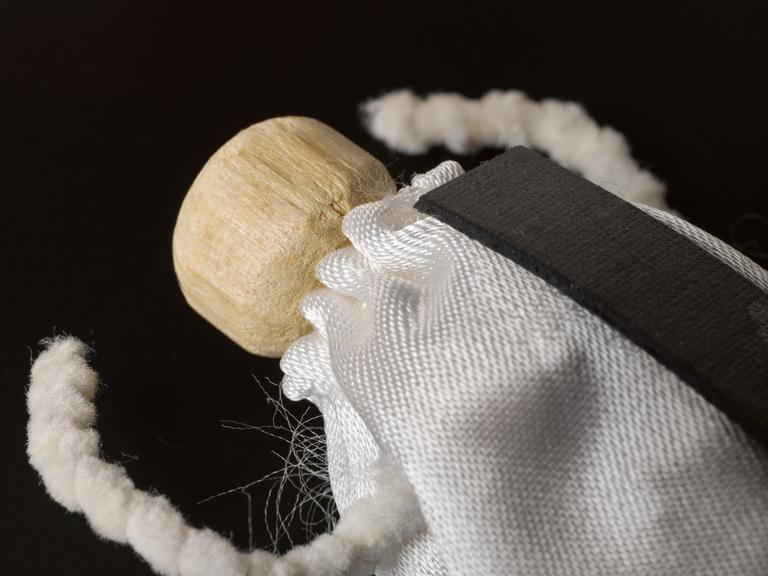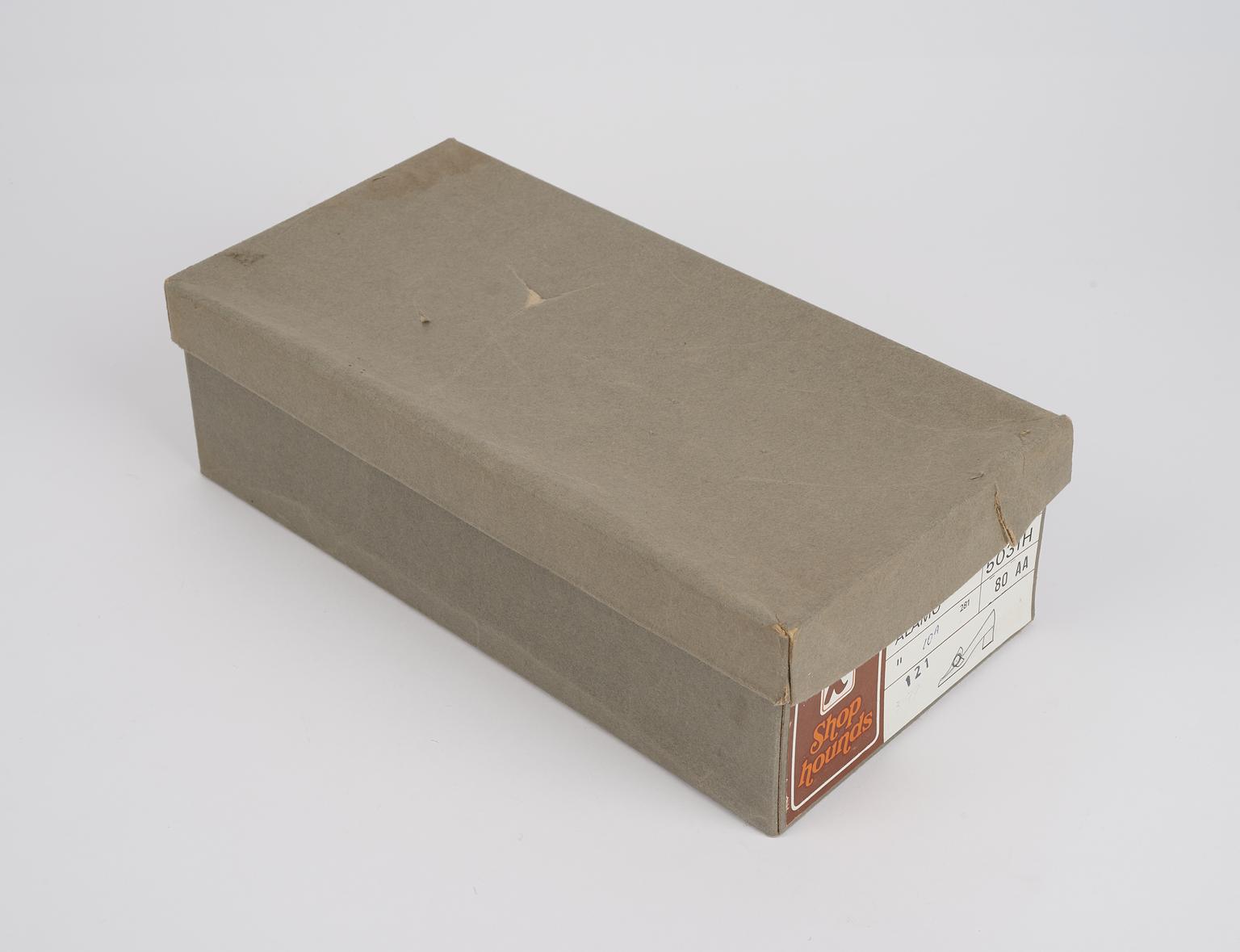Dolls used to illustrate how haemophilia is inherited
Sixteen genetic teaching dolls, made from wooden clothes pegs and fabric, used to illustrate the presence of the disease Haemophilia over three generations of individuals, made by Miss E.M.Harris, England, 1970-1975
More
These dolls were used as a teaching aid to demonstrate the transmission of the genetic disease haemophilia over three generations. The white dolls are those that do not carry the haemophiliac gene, the red and white dolls are carriers but are not affected by the disease, and the red dolls experience the disease. The XX and XY labels show the sex of the doll. These dolls are constructed from wooden clothes pegs and pipe cleaners and were made by Miss E H Harris, possibly for use with younger pupils at secondary school level.

















